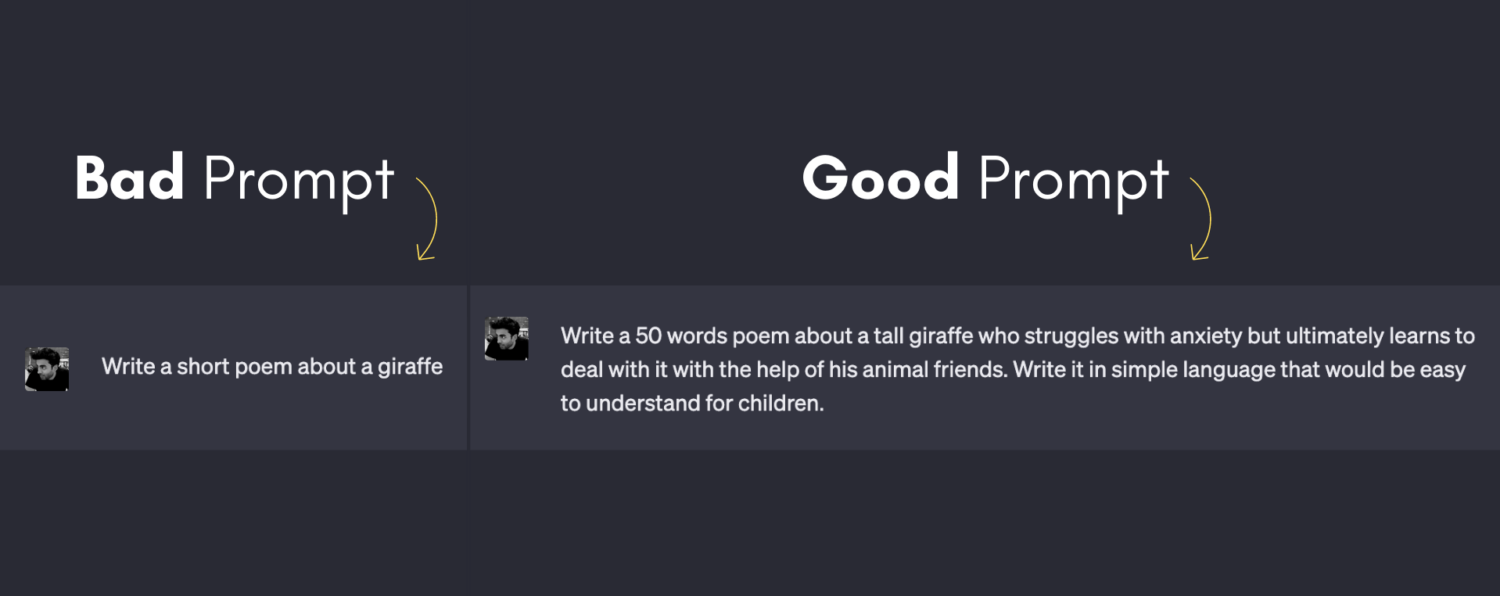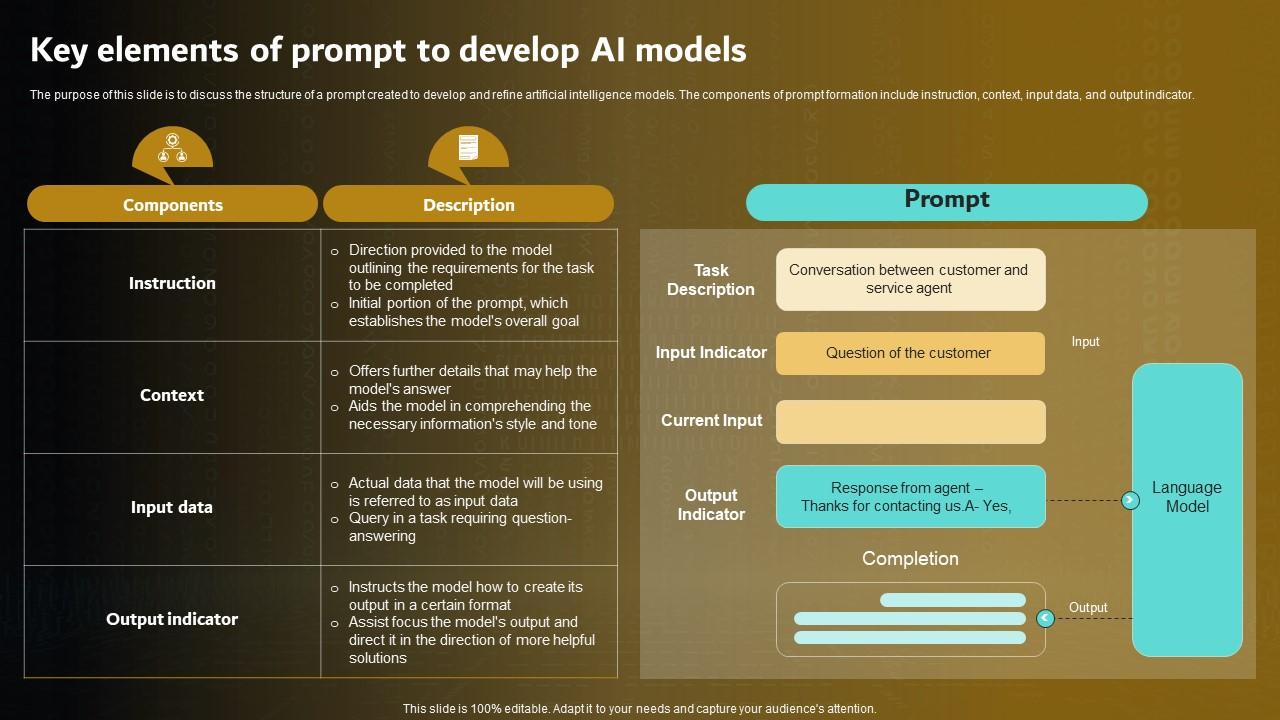
In an age where artificial intelligence is reshaping industries from healthcare to marketing, one skill has emerged as critical for harnessing its full potential: prompt engineering. As AI models like GPT-4 and Claude become more sophisticated, the way we interact with them—through carefully crafted prompts—determines the quality of their outputs. Whether you’re a content creator, developer, or business leader, understanding how to optimize AI prompts can make the difference between a useful tool and a frustrating experience.
This article will guide you through the essentials of the Prompt Engineering Workflow, showing you how to structure your inputs to achieve consistent, high-quality results from AI systems. We’ll explore best practices, tools, and real-world examples that demonstrate the power of this evolving discipline.
What Is Prompt Engineering and Why It Matters
At its core, prompt engineering is the art and science of crafting input instructions that guide AI models to produce specific, reliable outputs. Unlike traditional programming, where you write code to tell a machine what to do, prompt engineering involves using natural language to “ask” the AI to perform tasks or generate content.
The importance of this practice cannot be overstated. AI models are trained on vast datasets, but they don’t inherently understand context, intent, or nuance. A poorly worded prompt can lead to irrelevant, inaccurate, or even harmful responses. On the other hand, a well-crafted prompt can unlock powerful insights, creative content, or actionable data.
For example, consider a scenario where you want to generate a sales funnel for a book-writing lead magnet. A vague prompt like “Help me create a sales funnel” might result in a generic response. But by specifying the goal, audience, and structure—like “Design a 7-step sales funnel for a PDF called ‘Growth Hack System for Generating Book Ideas’ targeting aspiring authors”—you significantly increase the likelihood of getting a tailored, effective solution.
How Prompt Engineering Impacts SEO Performance
While prompt engineering may seem like a technical skill, it has profound implications for SEO performance. Search engines are increasingly integrating AI-driven features, such as Google’s Search Generative Experience (SGE), which relies on large language models to provide direct answers to user queries.
By optimizing your prompts, you can:
- Improve content relevance: Ensure that AI-generated content aligns with search intent and keyword strategies.
- Enhance user engagement: Create content that resonates with your audience, increasing dwell time and reducing bounce rates.
- Boost visibility: Help search engines better understand and rank your content, especially in AI-assisted search environments.
Moreover, as voice search and conversational AI become more prevalent, the ability to craft prompts that mirror natural language becomes essential. This not only improves the accuracy of AI outputs but also aligns with how users actually interact with search engines today.
Step-by-Step Implementation Framework
To master the Prompt Engineering Workflow, follow this structured approach:
- Define or Audit the Current Situation
- Start by identifying the goal of your AI interaction. Are you generating content, solving a problem, or analyzing data?
-
Assess the current state of your prompts. Are they too vague, overly complex, or missing key details?
-
Apply Tools, Methods, or Tactics
- Use techniques like zero-shot prompting, few-shot prompting, and chain-of-thought prompting to guide the AI effectively.
- Incorporate contextual cues to help the model understand the scope and purpose of the task.
-
Leverage iteration to refine prompts based on initial outputs.
-
Measure, Analyze, and Optimize
- Track the quality of AI outputs using metrics like accuracy, coherence, and alignment with your goals.
- Use feedback loops to improve future prompts.
- Employ tools like SurferSEO or Jasper to analyze and refine your prompts for maximum impact.
Real or Hypothetical Case Study
Let’s look at a practical example of how prompt engineering can transform a project.
Scenario: A marketing team wants to create a series of social media posts for a new fitness app. The goal is to attract young adults interested in health and wellness.
Initial Prompt:
“Write some social media posts for a fitness app.”
Result:
The AI generates generic, somewhat relevant content, but it lacks a clear tone, target audience, or unique angle.
Revised Prompt:
“Create 5 engaging Instagram captions for a new fitness app targeting 18–30-year-olds who are interested in home workouts and mental wellness. Use a friendly, motivational tone with emojis and hashtags like #FitLife and #HomeWorkout.”
Result:
The AI produces highly targeted, visually appealing content that aligns with the brand’s voice and audience preferences. Engagement metrics improve, and the campaign sees a 30% increase in clicks.
This case study illustrates how refining your prompts can directly influence the success of your AI-driven projects.
Tools and Techniques for Prompt Engineering
Several tools and platforms can enhance your prompt engineering workflow:
- SurferSEO: Helps analyze content and optimize prompts for keyword clustering and semantic scoring.
- Jasper: A powerful AI writing assistant that offers templates and suggestions for different content types.
- PromptHero: A platform for discovering and sharing effective prompts across various use cases.
- LangChain: Enables developers to build applications that integrate with LLMs and manage complex workflows.
- Hugging Face: Offers access to a wide range of pre-trained models and tools for fine-tuning prompts.
These tools not only streamline the process but also help you maintain consistency and quality across your AI interactions.
Future Trends and AI Implications
As AI continues to evolve, the role of prompt engineering will likely shift. Experts like Ozan Acar suggest that in the long term, the focus may move from crafting perfect prompts to defining clear problems. However, until AI systems can fully understand and act on abstract concepts without explicit guidance, prompt engineering will remain a vital skill.
Emerging trends like multimodal AI (which combines text, images, and audio) and generative AI for SGE will further complicate the prompt landscape. For instance, creating a prompt that includes both text and image descriptions will require a deeper understanding of how these modalities interact.
To stay ahead, professionals should:
- Stay updated on AI advancements and model capabilities.
- Experiment with new prompt formats, including visual and interactive elements.
- Develop a strong foundation in problem formulation alongside prompt engineering.
Key Takeaways
- Understand the basics of prompt engineering and how it shapes AI outputs.
- Refine your prompts to ensure clarity, context, and alignment with your goals.
- Leverage tools and techniques to optimize your workflow and improve efficiency.
- Monitor and iterate on your results to continuously improve the quality of AI-generated content.
- Stay informed about future trends to adapt your skills and stay competitive in an evolving landscape.
As AI becomes more integrated into our daily lives, the ability to engineer effective prompts will be a valuable asset. Whether you’re a marketer, developer, or content creator, mastering this skill can open up new opportunities and drive better outcomes.
Meta Title: Mastering the Prompt Engineering Workflow: How to Optimize AI Prompts for Reliable Outputs
Meta Description: Learn how to craft effective AI prompts to ensure accurate, reliable outputs. Discover the step-by-step workflow and tools to optimize your AI interactions.
SEO Tags (5): prompt engineering, AI workflow, optimize AI prompts, AI content creation, AI output reliability
Internal Link Suggestions: Parameter #1: Search Intent Alignment, Parameter #10: Evergreen & Fresh Balance, Parameter #96: AI Content Disclosure
External Source Suggestions: https://hbr.org/2023/06/ai-prompt-engineering-isnt-the-future, https://learn.microsoft.com/en-us/semantic-kernel/prompt-engineering









